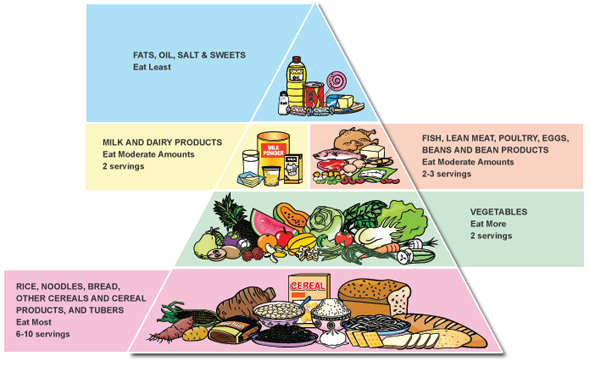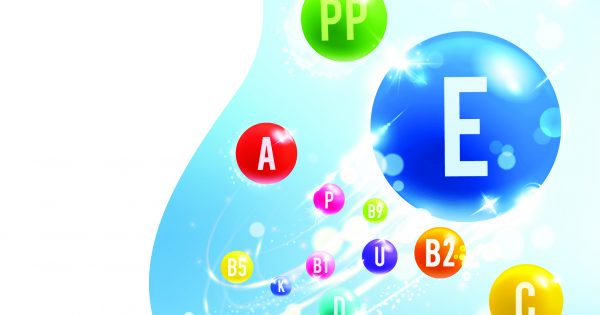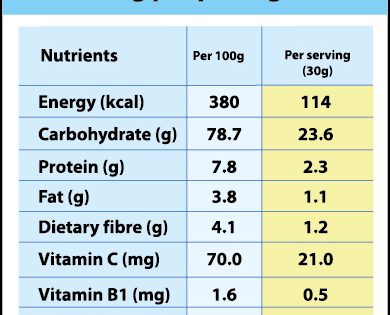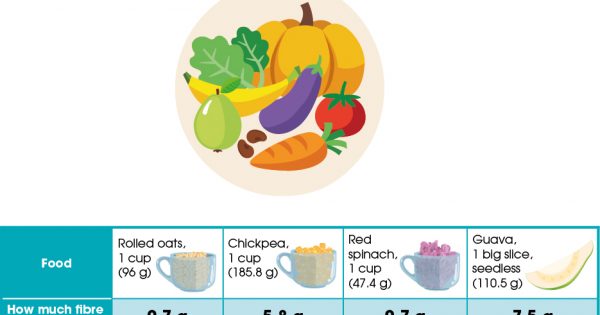A healthy child is a child who will learn well, and the key to promoting good health, optimum brain development and building a foundation for learning is a healthy, well-balanced diet. A healthy child is also one who is more resistant to infections and less likely to fall sick, thus enabling him to learn without disruption. Read on for an overview of what your little preschooler needs in order to grow, develop and learn to the best of his ability.
Energy
Your child needs adequate energy to properly support bodily functions, growth, physical activity, and to sustain body temperature. Sources of energy include carbohydrates, protein and fats, with fats providing the most amounts of calories. However, excessive amounts of fats can cause health problems. Give your child more complex carbohydrates and protein instead.
Carbohydrates
When carbohydrates are broken down into glucose in the body, it fuels the body with energy. Fibre found in grains and cereals, the main sources of carbohydrates, is also important to maintain good health. Other sources of carbohydrates include fruits, vegetables and tubers such as potatoes, sweet potatoes and tapioca.
Protein
Protein is vital for your child’s growth as it functions as the body’s building blocks. In addition, protein helps the repair and renewal of tissues in the body. In fact, adequate protein consumption is necessary for optimum growth levels. Ultimately, growth influences brain development and therefore, your child’s ability to learn in school. With this, adequate quantities of protein from fish, meat products, milk and beans should be given for healthy growth.
Fats
While fats should not be taken in excessive amounts, dietary fats are important as a source of energy, fat soluble vitamins (vitamins A, D, E and K) as well as essential fatty acids in the production of cell membranes and hormones. Healthy fats comprising monounsaturated fat, polyunsaturated fat and omega-3 fatty acids should be consumed in greater quantities as compared to unhealthy fats. Sources of monounsaturated fats include olives, peanut and canola oil, while sunflower and cottonseed oil are sources of polyunsaturated fat. Cold-water fish such as salmon, herring and mackerel are great sources of omega-3 fatty acids.
Omega-3 & -6
While no single nutrient can make your child smarter, omega- 3 and -6 fatty acids are effective in promoting optimum brain development. These fatty acids cannot be synthesised by our bodies, and therefore can only be supplied through the foods we eat. Sources of omega-3 include soybean, fatty fish such as tuna and salmon, as well as nuts. Omega-6 can be found in sunflower seeds, nuts, vegetable oils and legumes.
Vitamins & Minerals
Vitamins and minerals support hundreds of bodily functions. The two vitamin groups are: fat-soluble vitamins comprising vitamins A, D, E and K, and water-soluble vitamins which are B-group vitamins and vitamin C. Minerals are divided into macrominerals (eg calcium, potassium, phosphorus and chloride) and trace minerals (eg iron, manganese, zinc, iodine and fluoride). With the exception of vitamin D, these organic compounds cannot be produced by the body. Thus, adequate supply from a balanced diet is important.
Food Guide Pyramid
The Food Guide Pyramid for Children shows the proportions of the various food types that should be fed to a growing child. This provides parents with information on the food types and amounts necessary to meet a child’s daily dietary requirements. Each food group is represented by a different color. Narrower bands indicate lower quantities, while wider bands mean that more from that food group should be given. Most importantly, give your child plenty of water each day.








Comments